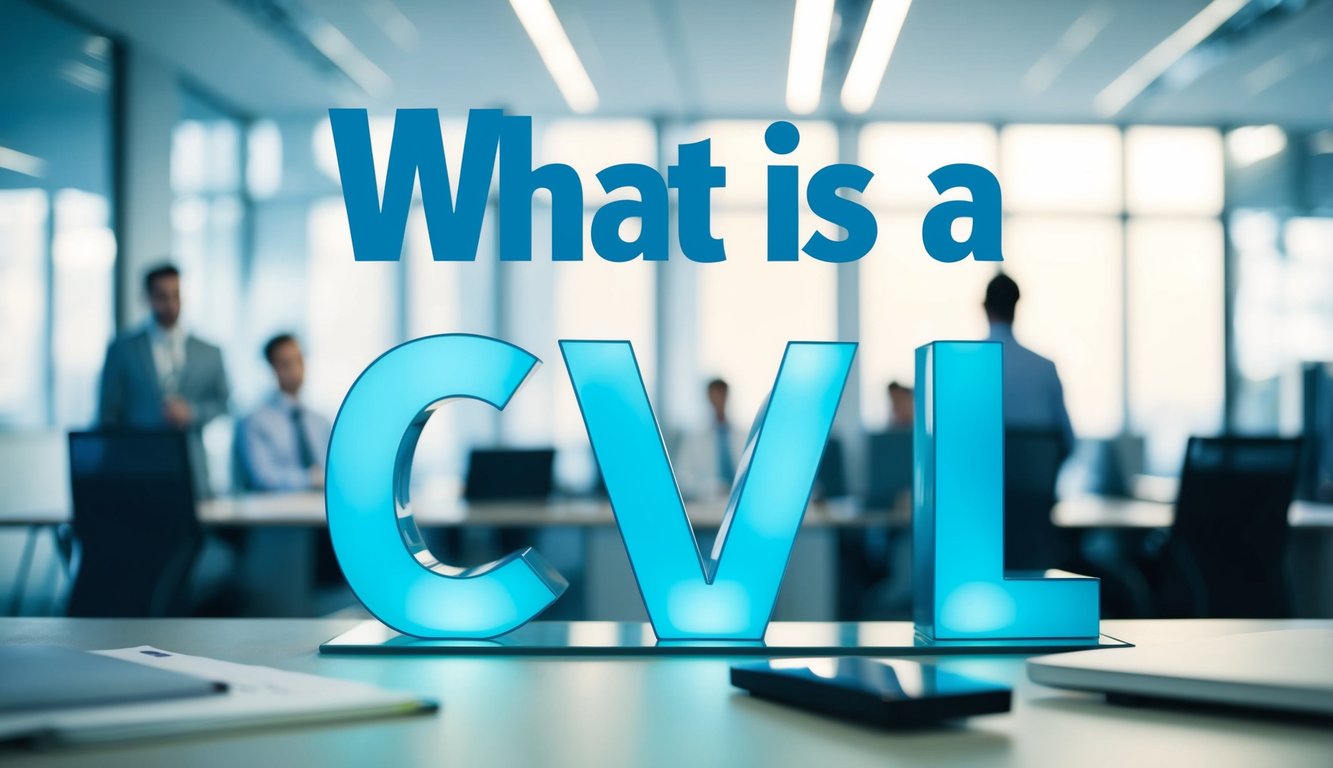Closing a UK Limited Company: Voluntary Liquidation Steps
Closing a UK limited company, particularly one that owns property, requires careful planning to ensure tax efficiency and legal compliance. While Members’ Voluntary Liquidation (MVL) can be an effective way to wind down a solvent company, it’s important to understand all available closure options. Additionally, anti-avoidance rules introduced in 2016 mean that property investors must be especially cautious when distributing company assets.
If a company is insolvent, directors must take immediate action to avoid wrongful trading and personal liability. In such cases, Creditors’ Voluntary Liquidation (CVL) may be the appropriate route.
Understanding Company Closure Options
Choosing the right method to close a company depends on its financial position. The three main options are:
- Members’ Voluntary Liquidation (MVL) – Used when a solvent company (able to pay all debts) wants to close in a tax-efficient manner.
- Creditors’ Voluntary Liquidation (CVL) – Used when a company is insolvent and cannot meet its financial obligations.
- Strike Off (Dissolution) – A low-cost alternative for dormant companies with no assets or liabilities.
Each method has different implications for directors, shareholders, and creditors, so it is essential to evaluate the most suitable option.
Winding Up a Limited Company
Members’ Voluntary Liquidation (MVL)
An MVL is the preferred method for solvent companies looking to close and distribute assets to shareholders in a tax-efficient manner.
Key Steps in an MVL
- Declaration of Solvency – Directors sign a sworn statement confirming the company can pay all debts within 12 months.
- Appointment of an Insolvency Practitioner – A licensed liquidator oversees the process and ensures compliance.
- Settlement of Liabilities – All company debts, including tax obligations, must be cleared before assets are distributed.
- Asset Distribution – Remaining assets are distributed to shareholders, usually as capital rather than income.
- Final Filing and Dissolution – The company is officially removed from the Companies House register.
When to Use an MVL
- The company has ceased trading and has no future purpose.
- Directors want to extract funds while benefiting from lower tax rates.
- Business owners are retiring or starting a new venture.
- The company has significant retained earnings exceeding £25,000.
Strike Off (Dissolution)
If the company has minimal assets and no outstanding debts, striking it off the Companies House register may be the simplest solution.
Requirements for a Strike Off
- The company has not traded or changed names in the last three months.
- There are no outstanding debts or legal disputes.
- Final accounts and tax returns have been submitted to HMRC.
- A DS01 form is filed with Companies House.
Strike off is typically used for dormant companies or businesses with less than £25,000 in assets, as MVL would be more cost-effective in those cases.
Free Consultation – advice@andersonbrookes.co.uk or call on 0800 1804 935 our freephone number (including from mobiles).
Creditors’ Voluntary Liquidation (CVL)
If a company is insolvent (unable to pay debts as they fall due), a CVL enables directors to close the business in an orderly manner while protecting creditors.
Key Steps in a CVL
- Board Resolution – Directors decide to liquidate and engage an insolvency practitioner.
- Statement of Affairs – A financial statement is prepared outlining assets and liabilities.
- Creditor Notification – Shareholders and creditors are informed of the liquidation decision.
- Asset Realisation – The liquidator sells company assets to repay creditors.
- Final Reporting and Dissolution – Once assets are distributed, the company is dissolved.
Consequences for Directors
- Directors must not continue trading if the company is insolvent, as this could lead to personal liability.
- Personal guarantees (e.g., on loans) remain the responsibility of the director and are not written off.
- The liquidator will review past transactions to identify any wrongful trading or preference payments, which could result in legal action.
Tax Implications of Company Closure
![]()
Capital Gains Tax vs. Income Tax
Extracting funds from a company can be subject to either Capital Gains Tax (CGT) or Income Tax, depending on the method used.
- MVL Distributions are typically treated as capital, subject to CGT at 10% or 20%, depending on eligibility for Business Asset Disposal Relief (BADR).
- Dividends or salary withdrawals are taxed as income, with rates up to 45%.
- Anti-Avoidance Rules may apply if a new business is started within two years, reclassifying capital distributions as income.
Business Asset Disposal Relief (BADR)
BADR (formerly Entrepreneurs’ Relief) can reduce the CGT rate to 10% on qualifying gains, but it usually only applies to trading businesses, not investment companies.
Avoiding HMRC Anti-Avoidance Rules
- Do not restart the same or a similar business within two years.
- Plan asset distributions carefully to avoid classification as income.
- Seek professional tax advice to maximise tax efficiency.
Asset Distribution and Property Considerations
Selling vs. Transferring Property
If the company owns property, decisions must be made about how to distribute these assets:
- Selling the property before liquidation may trigger CGT and corporation tax.
- Transferring property to shareholders (‘in specie’ distribution) could involve Stamp Duty Land Tax (SDLT).
- Retaining the company and gradually withdrawing funds may be a better alternative in some cases.
Maximising Tax Efficiency
- Gradual withdrawals through dividends and salaries before liquidation can reduce tax exposure.
- Maintaining a lower income tax bracket by spreading distributions over multiple years.
- Using a holding company to manage property assets instead of liquidating.
Common Pitfalls and Mistakes to Avoid
- Failing to Consider Anti-Avoidance Rules – Phoenixing can lead to reclassification of funds as income.
- Not Settling Tax Liabilities in Advance – Unresolved corporation tax or VAT can delay the liquidation process.
- Overlooking Employee Redundancies – Staff entitlements, including redundancy pay and notice periods, must be addressed.
- Ignoring Personal Guarantees – Directors remain liable for any personally guaranteed company debts.
Frequently Asked Questions (FAQs)
How long does an MVL take?
The process typically takes 3-6 months, depending on HMRC clearance and asset distribution timelines.
Can I start a new company after closing my business?
Yes, but anti-phoenixing rules prevent you from setting up a similar business within two years without tax consequences.
What happens to company debts after liquidation?
- MVL: All debts are settled before distributing assets.
- CVL: Unsecured debts are written off, but personally guaranteed debts remain the director’s responsibility.
Can I liquidate my company myself?
Only companies with less than £25,000 in assets can apply for strike off without an insolvency practitioner. MVLs and CVLs require a licensed liquidator.
Key Takeaways
- Choose the right closure method – MVL for solvent companies, CVL for insolvent ones, and strike off for minimal assets.
- Plan ahead for tax efficiency – Capital gains tax is often lower than income tax.
- Consider alternatives before liquidation – Gradual withdrawals or restructuring might be better options.
- Seek professional advice early – This ensures compliance with tax laws and avoids costly mistakes.
You may also be interested in:
Free Consultation – advice@andersonbrookes.co.uk or call on 0800 1804 935 our freephone number (including from mobiles).
Closing a Company: Liquidation Expertise with Anderson Brookes
Closing a company often legally requires professional advisors. We understand the intricacies of company dissolution and voluntary liquidations and can advise on potential issues. We can:
- Review your company’s eligibility for strike-off
- Help prepare and file the necessary paperwork for liquidations
- Ensure all legal requirements are met
- Advise on settling outstanding debts and obligations
- Guide you through the process step-by-step
Remember, a botched attempt to liquidate and close your company can lead to many complications down the road. Professional support minimises these risks.
Google Reviews

&






